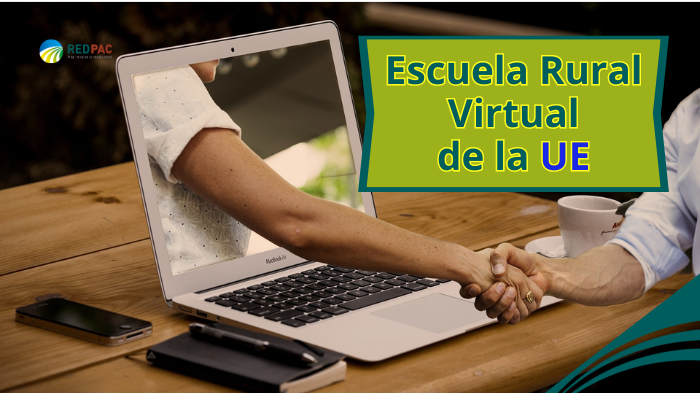
22 de January de 2024
Dinamización rural
The Erasmus+ "EU Rural Virtual Classroom" project was launched in 2022 to address educational gaps in rural areas through a platform that unites and connects schools to share educational content and activities.
- The "EU Rural Virtual Classroom" initiative creates a digital technological environment for the European rural educational community to support each other.
- This is an Erasmus+ project linked to information and communications technologies (ICT) that seeks to connect rural schools to share teaching classes and knowledge.
- Spain, Italy, Ireland and Lithuania are participating in the project.
Nature's way of making a virtue out of necessity. And in the case of new technologies, the goal should be to transcend technical and material limitations to create synergies between people. This is the case with the Erasmus+ project " EU Rural Virtual Classroom ," which was launched in 2022 to overcome educational deficiencies in rural areas through a platform that unites and connects schools to share content and teaching activities.
And the data speak for themselves: the dropout rate in rural areas is higher than in urban areas: 12% compared to 9% in urban areas. These figures reflect the reality of rural areas: low student numbers, isolated schools, poor facilities and materials, and a lack of teachers…
Thus, with the students and teaching staff of the rural educational community in mind, the objective of the "Virtual Rural School" is to create a digital platform where teachers from different parts of Europe can teach their classes in real time.
Virtual platform
In May 2023, the project announced that the "Rural Virtual School" platform was ready for use with the following features:
- Virtual classrooms: a space for real-time classes, workshops, meetings, or any type of activity between groups without geographical limitations. The classrooms have meeting rooms where materials can be uploaded and shared, as well as screen and multimedia sharing, interactive whiteboards, real-time surveys with students, and more.
- Digital repository: to store educational resources, such as lessons, multimedia content, teaching materials, and other materials relevant to rural students and teachers.
- Project Proposals : A place to find and join community-created projects.
- Groups : offers the possibility of joining interest groups, and thus working together with people from the platform.
- Exchange : area where you can find all the members registered on the platform and where you can contact them.
Participating countries
Once the digital platform was completed in May, training began to learn how to use it at the various schools that were willing to participate in the pilot:
- Lithuania: 1 school
- Italy: 2 schools
- Spain: 2 schools
Thus, starting in September, once teacher training was completed, the first tests with students within the platform began. How? Classes were taught from Ireland for three days in English for all three countries.
The platform, funded by the European Union, complies with all the safeguards of the General Data Protection Regulation , which means that members are fully identified—only official schools and institutions can register and allow their teachers/professionals to register—and that students can only access them through direct invitation from their teacher.
The entities that are part of this project are:









